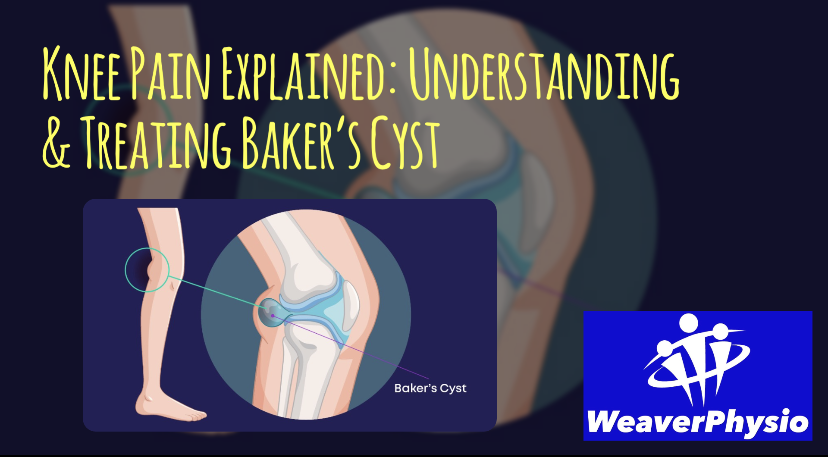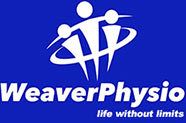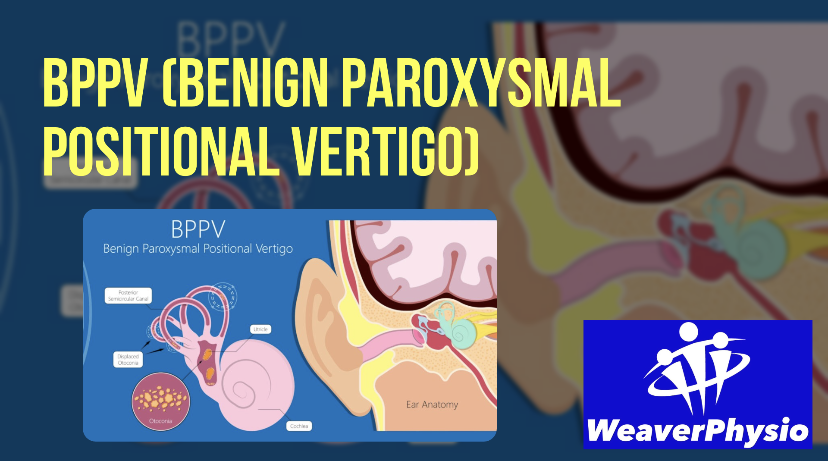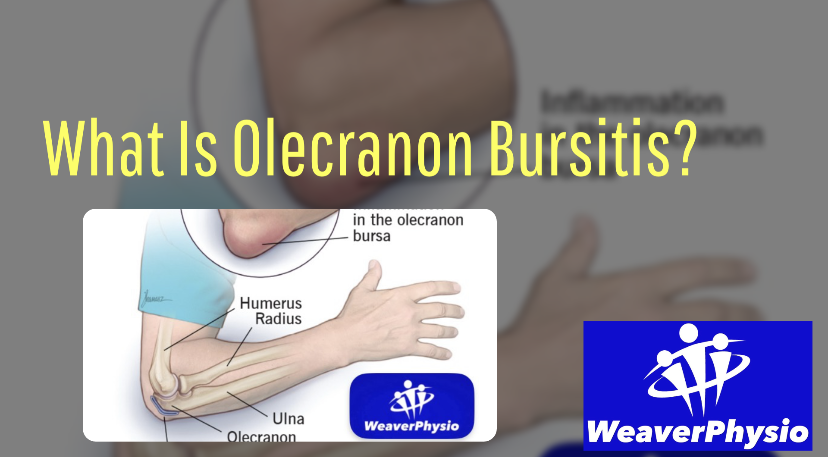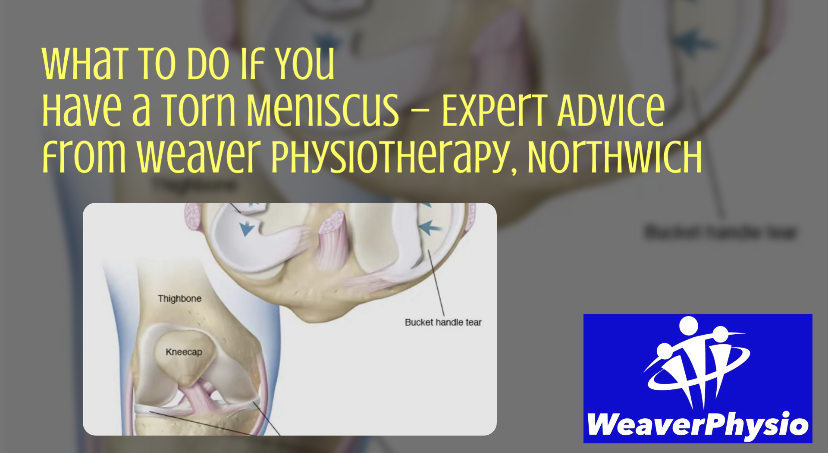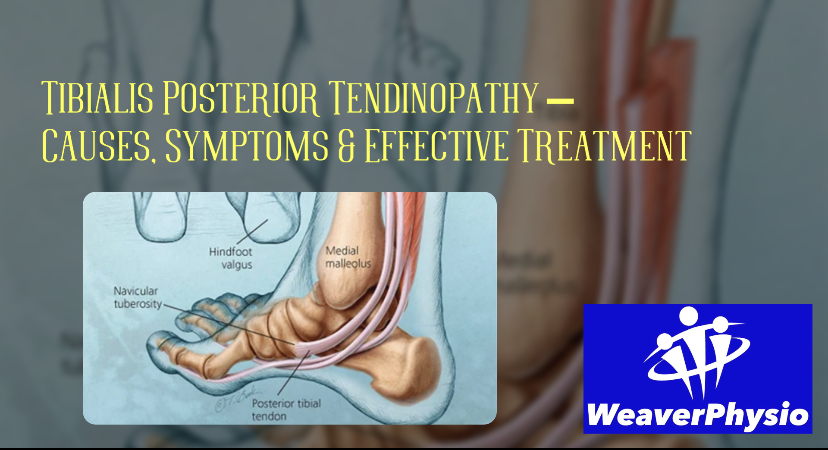Sacroiliac Joint Dysfunction
Causes, Symptoms, and Physiotherapy Treatment
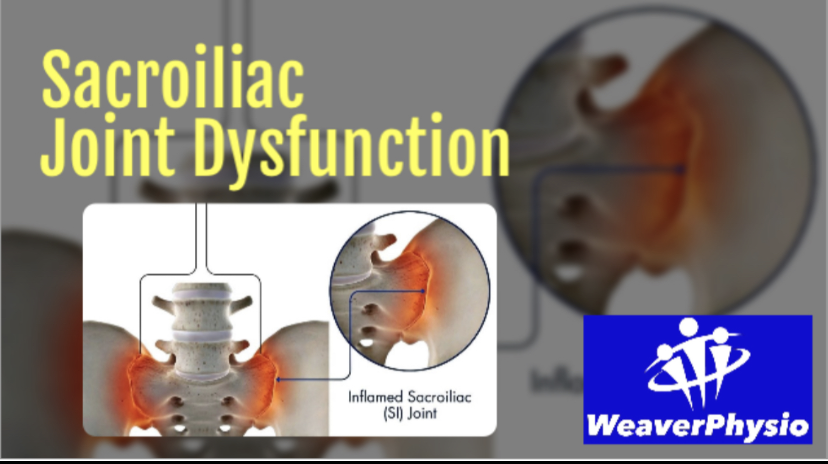
Weaver Physiotherapy & Sports Injury Clinic – Your Trusted Partner in Recovery, Performance & Pain-Free Living
Sacroiliac joint dysfunction (SIJ dysfunction) is a common yet often misunderstood cause of lower back, hip, and pelvic pain. Many people live with persistent discomfort without realising the sacroiliac joints may be at the root of their problem. At Weaver Physio in Northwich, Cheshire, our expert team specialises in diagnosing and treating sacroiliac joint dysfunction using evidence-based physiotherapy to restore movement, reduce pain, and improve long-term resilience.
In this comprehensive guide, we’ll explore:
• ✅ What the sacroiliac joint is and why it matters
• ✅ The causes of sacroiliac joint dysfunction
• ✅ Common signs and symptoms
• ✅ How SIJ dysfunction is diagnosed
• ✅ Effective treatment options
• ✅ The role of physiotherapy in recovery
• ✅ Self-care, exercises, and prevention strategies
Understanding the Sacroiliac Joint
The sacroiliac joints are two strong, weight-bearing joints located at the base of the spine where the sacrum (tailbone) meets the iliac bones of the pelvis. They act as shock absorbers, transferring forces between the upper body and lower limbs during walking, running, lifting, and daily activities.
Although the sacroiliac joints move only a few millimetres, their stability is essential. Dysfunction can arise when these joints become either too stiff (hypomobile) or too mobile (hypermobile), leading to pain and irritation.
What Causes Sacroiliac Joint Dysfunction?
There are several potential causes of SIJ dysfunction, often linked to imbalances in mobility, stability, or load distribution:
1. Trauma or injury – Falls, car accidents, or heavy lifting can strain the sacroiliac joints.
2. Pregnancy – Hormonal changes relax the pelvic ligaments, increasing joint mobility and stress.
3. Leg length differences – Uneven load on one side of the body can irritate the SIJ.
4. Repetitive stress – Activities such as running, jumping, or prolonged standing can overload the joint.
5. Arthritis and degeneration – Age-related wear and tear, osteoarthritis, or inflammatory conditions like ankylosing spondylitis can affect the joint.
6. Postural habits – Poor sitting, standing, or lifting technique may contribute to SIJ irritation.
Symptoms of Sacroiliac Joint Dysfunction
The symptoms of sacroiliac joint dysfunction can be wide-ranging and often mimic other conditions such as disc problems or hip issues. Common symptoms include:
• Pain in the lower back, buttocks, hips, or pelvis
• Pain that may radiate down the leg (similar to sciatica)
• Stiffness or reduced flexibility, particularly after sitting or standing for long periods
• Pain when climbing stairs, running, or standing on one leg
• Worsening discomfort with transitional movements (e.g., getting out of bed, rolling over, standing from sitting)
• Asymmetrical pain, often felt more on one side
How is SIJ Dysfunction Diagnosed?
At Weaver Physiotherapy & Sports Injury Clinic, diagnosis begins with a thorough assessment. Many conditions can mimic sacroiliac joint pain, so accuracy is vital. Our Chartered Physiotherapists will:
• Take a detailed medical history and discuss your symptoms
• Perform clinical tests such as palpation, stress tests, and movement analysis
• Rule out other conditions such as lumbar disc problems, sciatica, or hip pathology
• Assess gait, posture, and biomechanics for contributing factors
In some cases, diagnostic imaging such as MRI or X-rays may be recommended, but often a skilled clinical assessment is the most effective way to confirm SIJ dysfunction.
Treatment for Sacroiliac Joint Dysfunction
1. Physiotherapy
Physiotherapy is the gold standard treatment for SIJ dysfunction. At Weaver Physio, treatment may include:
• Manual therapy – Gentle mobilisation, joint manipulation, and soft tissue release to reduce stiffness and restore movement.
• Exercise rehabilitation – Strengthening and stability exercises for the core, glutes, and hips to provide better support for the SIJ.
• Postural correction – Addressing poor habits that overload the joint.
• Education – Helping you understand your condition and how to manage it.
2. Shockwave Therapy
For stubborn or chronic sacroiliac pain linked to tendon involvement, Shockwave Therapy may be used. This non-invasive treatment promotes healing by stimulating blood flow and breaking down scar tissue.
3. Acupuncture
Medical acupuncture can help reduce pain, release tight muscles, and improve overall movement.
4. Supportive Devices
In cases of hypermobility, a pelvic belt or brace may provide temporary stability and reduce pain during recovery.
5. Medication and Injections
If pain is severe, your GP or consultant may recommend anti-inflammatory medication or, in rare cases, corticosteroid injections into the joint.
The Role of Exercise in SIJ Dysfunction
Exercise is essential for long-term recovery and prevention. At Weaver Physio, we provide tailored programmes that may include:
• Core stability training – Activating the deep abdominal and spinal muscles to protect the SIJ.
• Glute strengthening – Bridges, clams, and hip abduction exercises to improve pelvic stability.
• Mobility exercises – Gentle stretches for the hip flexors, hamstrings, and lower back to reduce stiffness.
• Balance and proprioception training – Single-leg activities to retrain control.
Consistency is key. Many patients experience lasting improvements when exercises are integrated into daily routines.
Living with Sacroiliac Joint Dysfunction – Self-Management Tips
While professional physiotherapy is crucial, there are practical steps you can take to manage symptoms:
• Avoid prolonged sitting or standing – change positions regularly.
• Use supportive chairs or cushions for better posture.
• Apply heat or cold therapy to ease pain and stiffness.
• Sleep with a pillow between your knees if lying on your side.
• Practice gentle stretching and mobility routines.
• Maintain a healthy weight to reduce stress on the pelvis and joints.
Why Choose Weaver Physio for Sacroiliac Joint Dysfunction?
At Weaver Physiotherapy & Sports Injury Clinic, we combine advanced treatment techniques with compassionate care. Here’s why patients across Cheshire choose us:
• 🏥 70+ years of combined clinical experience
• 👩⚕️ Chartered Physiotherapists with specialist expertise in back and pelvic pain
• 💡 Evidence-based treatments including Shockwave Therapy, Acupuncture, Sports Massage, and Exercise Rehab
• 🏃 Support for athletes, runners, and active individuals
• 📍 Conveniently located in Northwich, serving Knutsford, Winsford, Middlewich, Frodsham, and wider Cheshire
• ⭐ Outstanding customer service and personalised care
Preventing Sacroiliac Joint Problems
While not all causes of SIJ dysfunction are preventable, you can reduce risk by:
• Maintaining strong glutes and core muscles
• Practicing good posture at work and during exercise
• Using correct lifting techniques
• Wearing supportive footwear for running and sports
• Addressing leg length discrepancies with orthotics if necessary
When to See a Physiotherapist
If you are experiencing persistent lower back, hip, or pelvic pain that isn’t improving with rest, it’s important to seek expert help. The sooner sacroiliac joint dysfunction is identified, the quicker recovery can begin.
Seek urgent help if you experience:
• Severe, unexplained pain
• Sudden loss of bladder or bowel control
• Numbness or weakness in the legs
Final Thoughts
Sacroiliac joint dysfunction is a treatable condition that can significantly impact daily life if left unmanaged. With the right diagnosis, expert physiotherapy, and a tailored rehabilitation programme, most patients achieve lasting pain relief and improved function.
At Weaver Physio in Northwich, we are committed to helping you recover from SIJ dysfunction and return to the activities you love. Whether you’re a runner, gym-goer, office worker, or simply want to live pain-free, our team is here to support your journey.
📍 Weaver Physiotherapy & Sports Injury Clinic – Cheshire’s Trusted Specialists in Back, Pelvic & Sports Injuries
🌐 http://www.weaverphysio.com
📞 01606 227484
